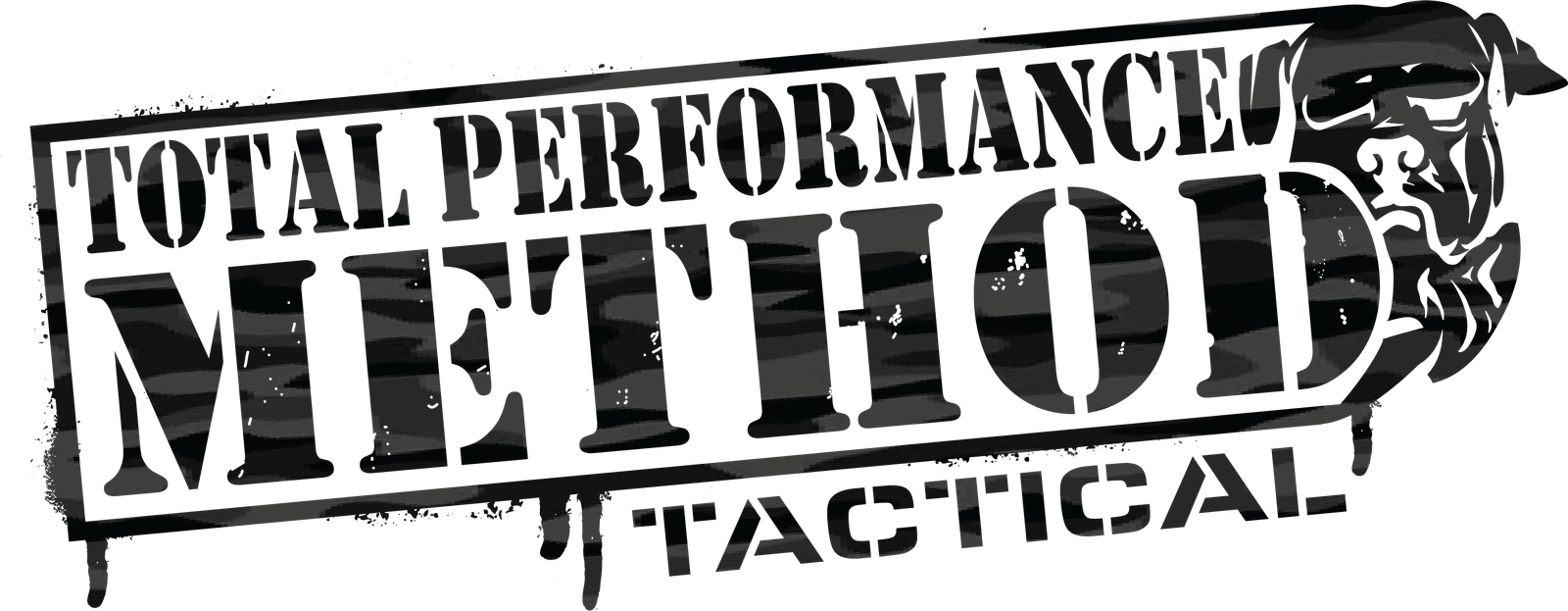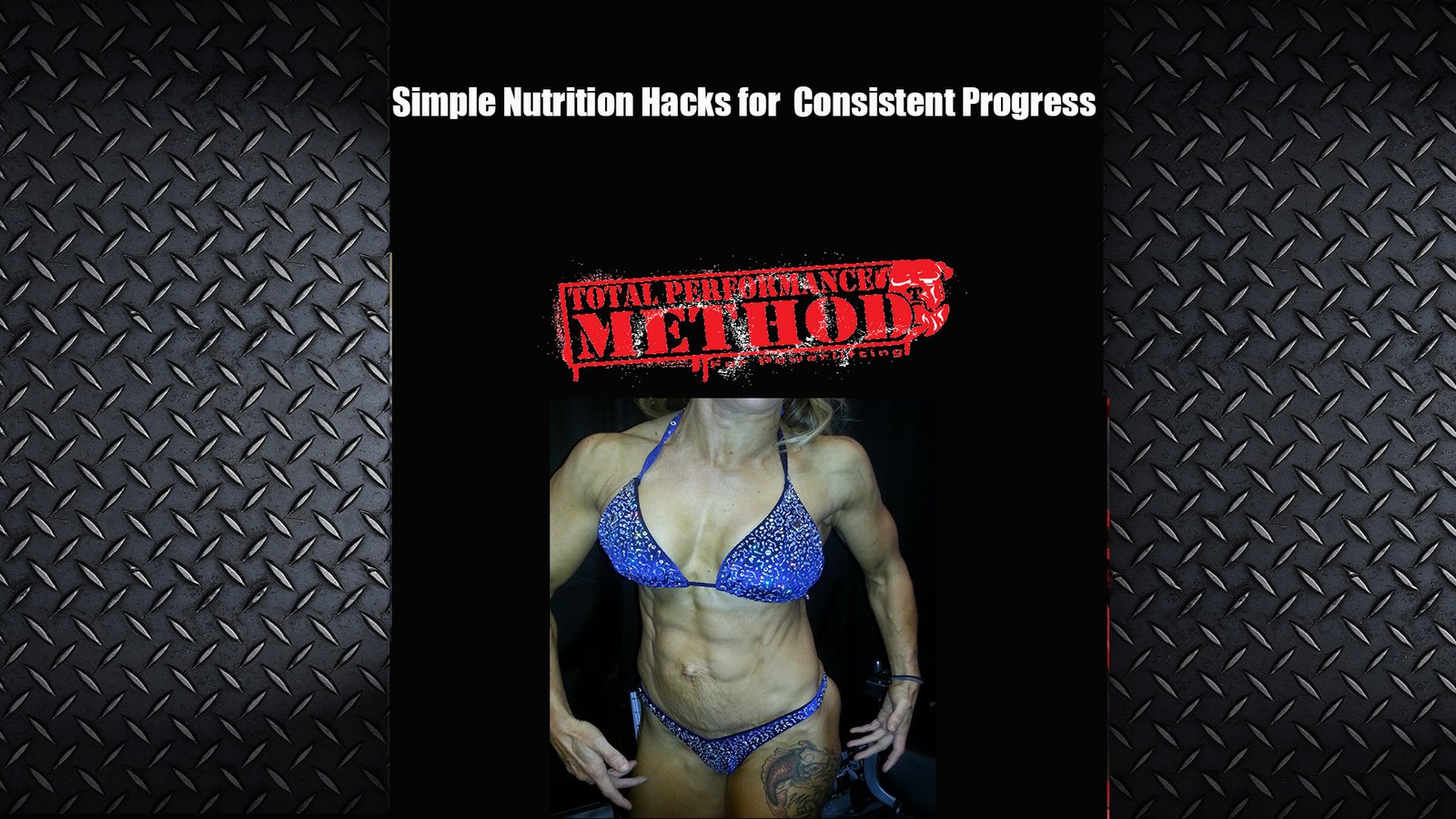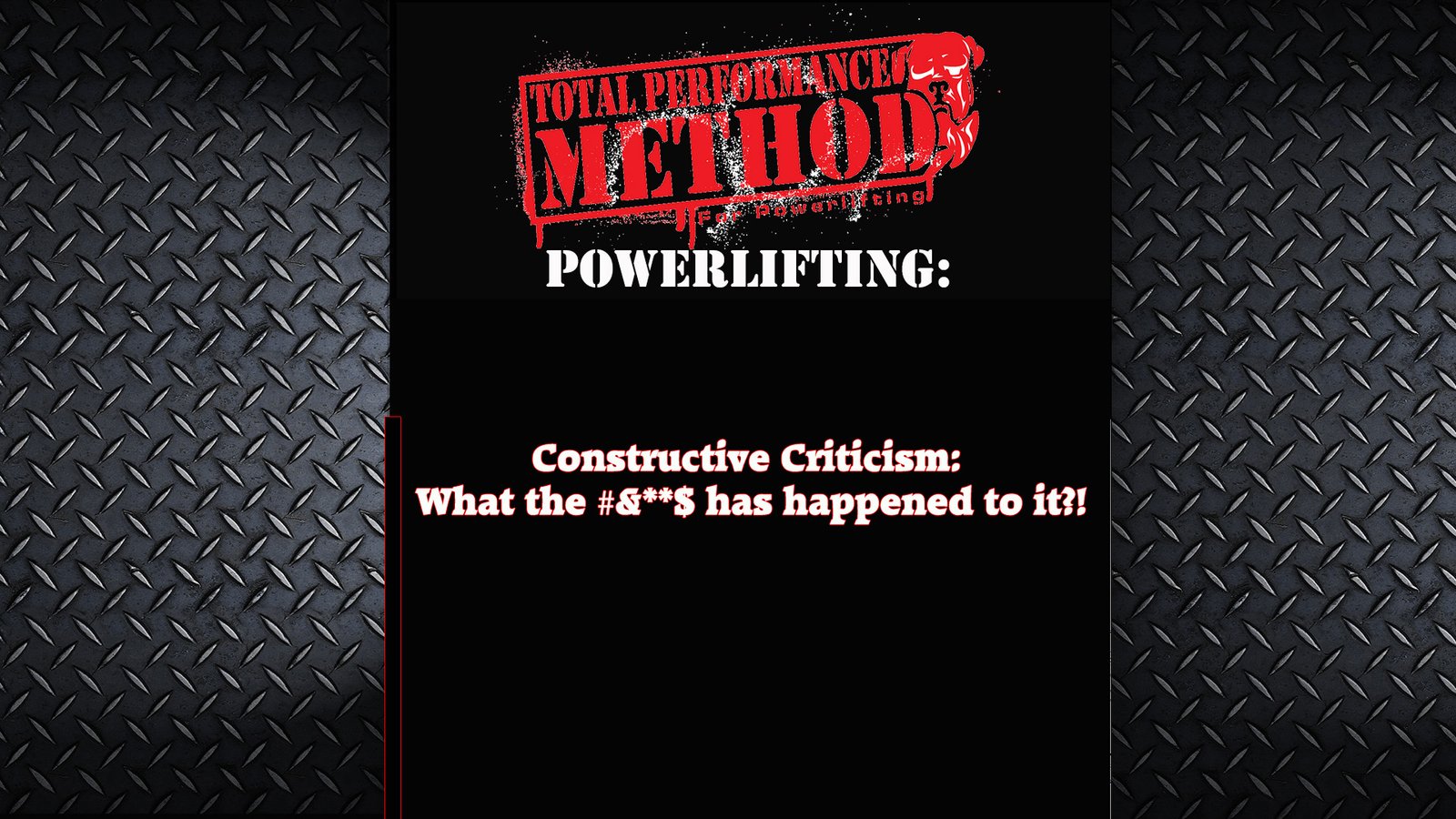Welcome to the TPSmethod.com.
In our programs we use a blend of RPE and percentage based training in order to give you maximum results.
Why do we do it this way?
Simple.
As the programs are written for a variety of people and not for an individual, we need to account for different personality types, or traits.
Some people respond better to hard numbers, some like to fly by the seat of their pants.
By using the combination of RPE and percentage of a best lift, we have, by design, implemented what we feel is the best method for success for both type of mindsets.
Let’s review what these two things are.
RPE or Rate of Perceived Exertion is a simple method of tracking your intensity.
It goes by feel.
We use an Exertion Scale of 6-10.
You perform a work set and then decide where it fell on the scale.
This is done by choosing a number 6-10.
Of course we give you guidelines for how to do it.
Our rating scale is as follows:
-
RPE 10: no more reps could be performed
-
RPE 9: 1-2 reps more could have been performed. A true 9 would be you being able to perform only 1 more rep.
-
RPE 8: 2-3 reps more could have been performed. A true 8 would have be you being able to perform only 2 more reps.
-
RPE 7: 3-4 more reps more could be performed. A true 7 would have be you being able to perform only 3 more reps.
-
RPE 6: 4-5 more reps could be performed. A true 6 would have be you being able to perform only 4 more reps.
These numbers are for high quality, excellent reps. Not poor form reps that could lead to injury.
In the past we used the true scale for RPE, EG: a 9 would be 1 more rep left.
This gave us good results, but it is very difficult for many to accurately gauge how many reps could be done, so by giving a slightly broader range we allow more accuracy.
But, RPE is not without its drawbacks.
The main one is overshooting/undershooting the RPE.
This means that you did not gauge it accurately.
Here is an example:
You see someone perform a set of 3 reps and the first one is good, the second is just ok and the third is a mess.
They then tell you it was an 8.
It wasn’t. It was a 10. Or an 11, off the scale.
This is overshooting.
Undershooting is seen most often with new lifters who don’t understand how intense things need to be.
For example, you see someone smoke a set of 5 reps and it looks like they could do 4,5 or more and they report an RPE of 9.
This is undershooting.
Due to the inherent drawbacks of RPE, we also use a percentage of a best lift.
When following a program that uses percentages only, we see different drawbacks.
Some days you feel GREAT and all the weights feel light as a feather.
Too bad.
You need to run the numbers for the day.
On other days, everything feels like it weighs a ton.
Too bad.
You need to run the numbers.
In my opinion, a percentage only based program has more drawbacks because some days you are on fire and it is ok to go a little heavier.
But, on other days you are not en fuego and hitting your programmed percentages is a chore and may not be possible. On days like this it is best to scale it back a little and not interfere with your recovery after training.
This is where I feel RPE is superior.
BUT!
By using a combination of RPE and a percentage, we have the best of both worlds.
The key to using our method is as follows.
Let’s use the example of 5 sets of 5 in the squat at RPE 7/70%
This means you will perform 5 sets of 5 reps starting at 70% of your best squat and you could perform 3-4 more really good reps.
If you squat 225 for a one rep max, you would use 155 as your work weight for set 1.
70% is 157.5 pounds, so just round up or down to the nearest 5 pound increment on all of your sets.
You get under the bar and you grind out 5 reps and it was torture (an RPE 10).
Maybe you did a double at work and got 2 hours sleep or had some other external stressor in your life affecting your recovery, who knows.
Do you grind through every set and blow the RPE?
NO!
Simply lower the weight.
We want the RPE to be the leading guide for you.
Choose a weight that makes it the programmed RPE, in this case a 7.
What if you smoked the weight and it was super easy?
Simply add a little weight.
Guidelines for adding/subtracting weight.
We use a standard formula of +/- 2 ½%-5% on all of the sets using RPE/Percentage.
When adding weight, we never want you to increase beyond 5% over the programmed percentage.
Why?
Going more than 5% over your programmed percentage will negatively affect the upcoming weeks in the program.
If you add 5% and it is still a lower RPE than programmed, try to make it harder.
This can be done in several ways.
You can move the weight FASTER on the lift portion.
You can pause a second between reps and re-brace, re-root and then go again.
On Deadlifts, it is very easy to make the RPE higher without adding weight.
Simply let go of the bar after each rep and reset. Do all reps as if performing a single rep.
What if the weight is too heavy and the RPE is too high?
Easy.
Lower the weight.
Usually a decrease of 2 ½% does the trick. Sometimes it needs to be a 5% decrease.
On the rare occasion that 5% is not enough, go lower.
If you need to drop the weight by 10% or more to hit the programmed RPE, perhaps you should just take the day off and rest or do some recovery work.
This tells us that you are not recovering properly.
If this is the case, it is time to closely look at your outside the gym recovery.
- Is your nutrition correct?
- Are you sleeping?
- Are you working too much?
- Are you partying like a 19 year old?
There are many factors that can affect your recovery, but nutrition and sleep are the two major ones.
What if you don’t have a 1 rep max to base the percentage off?
Again, easy.
Simply do your best to record the RPE as accurately as you can.
At some point in all of the programs you will hit heavy singles and sometimes take a max weight.
We do not use max singles often as they are not necessary.
Competitive lifters establish a max at the meet, and TFL lifters can use the heavy single as a guideline.
Taking 1 rep maxes in the gym is primarily for your ego and not for training purposes.
Don’t do this!
Unless it is in the program.
There you have guidelines for how to implement our programs.
For best results, do not deviate from what we just explained!








Leave A Comment